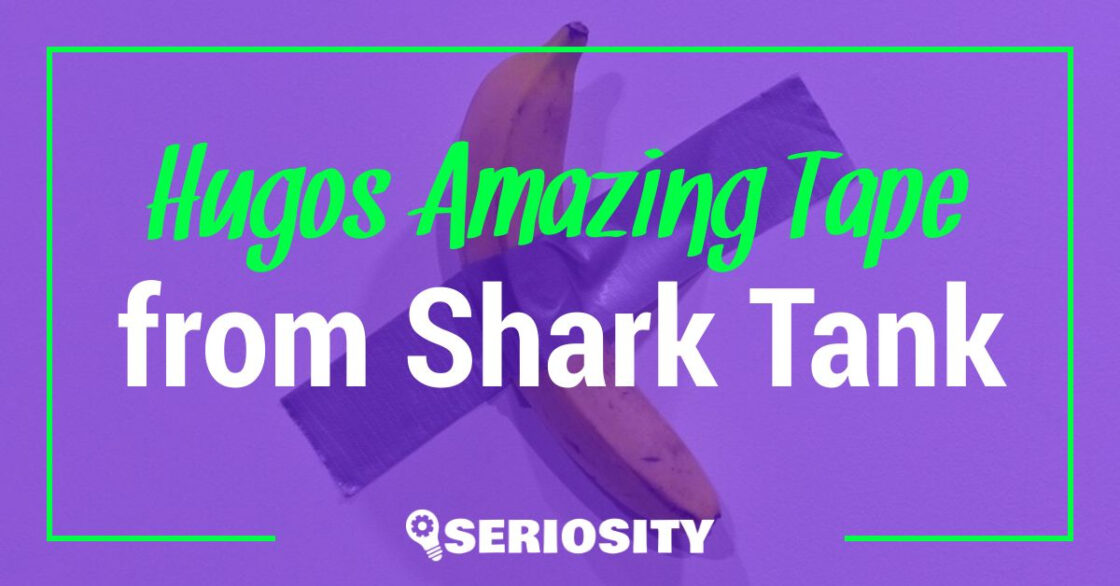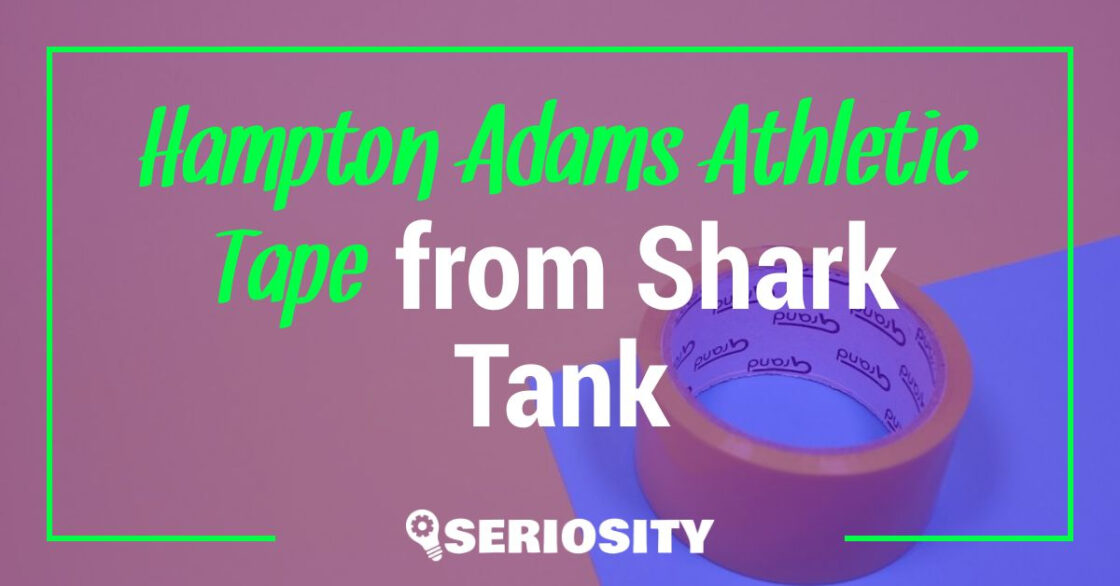The Funhouse Project was an idea pitched at Shark Tank, proposing a carnival-esque setup at Times Square that would provide low-cost entertainment for passersby.
Todd Robbins and David Adamovich came up with the idea to take advantage of the millions of people who visit Times Square during their visit to New York. Robbins and Adamovich were both performers before they decided to start this project.
They wanted to set up a 25,000-square-foot area with 5 entry points at Times Square to provide entertainment to people. They intended to use this area as a type of street fair with many types of performers like knife-throwers and magicians invited to perform in it.
Are They Still an Active Company?
No, the company is currently not active and is out of business.
How Did the Shark Tank Pitch Go?
They came to Shark Tank seeking an investment of $300,000 for a 20% stake in the company. Robbins started the pitch by demonstrating a simple magic trick for the Sharks.
This was followed by Adamovich’s knife-throwing demonstration, which was what he specialized in. This initially pulled in the interest of the Sharks, particularly Daymond’s who offered to stand in front of the board that Adamovich was throwing knives at.
This was followed by the two entrepreneurs sharing their business plan, including ticket price and projected revenue. The Sharks were interested yet wary about the concept. Robbins indicated that tickets will be $15 per person, with a goal of $9.4 million in revenue in the first year.
He confessed that the startup cost was around $1.5 million, and that the yearly operating costs would be over $7 million. This agitated the Sharks.
The figures suggested a significant danger because the cost of running the business seemed to far exceed any potential profits. To cover the massive running expenditures, revenues would have to be high and consistent.
Kevin was the first to actively voice his concerns, sharing that he didn’t think it was a good idea to run a business plan like this with such high running expenditures.
He added that it was risky to invest in a business with such high costs especially since the entertainment itself was an option which meant that there was no guarantee of profits.
This made him step out first. He was followed by Robert Herjavec, who shared Kevin’s feelings, because he thought the business plan was too risky as well.
Harrington exited after Herjavec, citing the same reasons. This was followed by Barbara, whose main issue was with the cost of the branding itself which she felt would be too costly and would be hard to cover later on. She called quits on the business too. Daymond was the final Shark to step out.
Overall, The Funhouse Project Shark Tank review was negative and they left without a deal mainly because the Sharks felt that the business was too much of a gamble. After Shark Tank, the website shut down and the entrepreneurs were unable to continue the business without the money needed to set it up. The two then went their separate ways.
Our Review of The Funhouse Project
The Funhouse project was never officially set up because renting space at Times Square was expensive and they didn’t manage to get an investment from Shark Tank to do it.
The good news is that the project itself was based on a simple and fun form of entertainment that families with young kids especially would’ve enjoyed. It’s a lot like a carnival which is something children really like. Plus, the cost of a ticket was affordable meaning that people would be more likely to choose it.
The bad news is that the whole project would’ve been costly to implement and because there were already numerous competitors at Time Square providing different types of entertainment including street performers.
It would be much harder for The Funhouse Project to draw enough customers in. On top of this, the selling point of knife-throwing and magic tricks isn’t compelling enough to pull in a lot of viewers.
Pros of The Funhouse Project
- A lot of traffic at Times Square
- Affordable
- Fun entertainment for kids
Cons of The Funhouse Project
- Cheaper alternatives at Times Square
- Weak selling point
- Costly to set up a space there
Who is The Funhouse Project for?
The Funhouse Project was mainly targeted at people of all ages who wanted an affordable form of entertainment, similar to a street fair, at Times Square.
Are There Any Alternatives?
Although The Funhouse Project was an excellent idea for entertainment at Times Square, there are already many things for viewers to do when they’re there.
Other than expensive options, people can enjoy free forms of entertainment easily. The red bleachers at Father Duffy Square are an excellent option for people who want a good view of the whole place. A carriage ride service also takes people from Central Park through Times Square. If nothing else, they can always watch the live webcam and take in the colorful billboards surrounding them.
There are many rooftop bars and hundreds of street performers there already. Plus, there are so many options for people, like Broadway Shows, late-night show viewings, and visiting Olive Garden, that they might not necessarily be attracted to an exclusive entertainment area.
Our Final Thoughts
The basic idea behind the Funhouse Project was clever because it capitalized on the traffic already present in Times Square. However, it’s not an original selling point because Times Square has been famous for decades, meaning there are already various forms of entertainment there.
The presence of street performers implies that people won’t have any real incentive to visit The Funhouse when they’re already getting enjoyment out on the street.
Plus, the visual appeal of being present is so fulfilling that most people might prefer to enjoy the free sights and sounds of Times Square rather than pay to receive entertainment.





